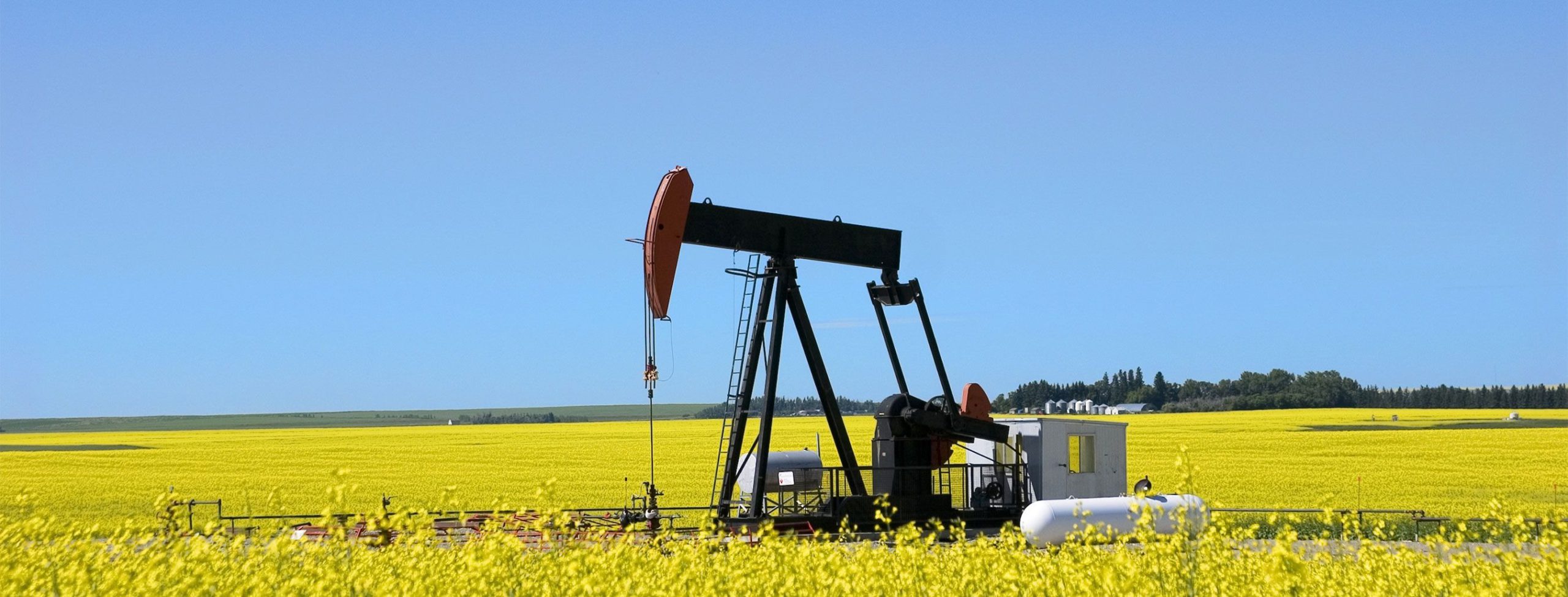
FAQ: WHAT ARE OIL AND GAS ROYALTIES?
A few days ago, a friend of mine asked me what my company does. I thought it would be an easy answer, but she didn’t understand what oil and gas acquisitions meant, let alone what royalties are. I tried to explain some of the details. All the terminology I would normally use at work did not mean much to her. By the end of it, I’m not sure she understood what I was trying to say. Has this ever happened to you?
I thought it might be a good idea to answer some FAQs about our company. Hopefully this post and subsequent posts will clarify some more details about who we are and what we do. Even if you already understand the ins and outs of this industry, it may be helpful when explaining it to your friends and family.
This post will address only one question:
What are oil and gas royalties?
Royalties refer to the funds paid to a landowner from the production of minerals (i.e. oil and gas) extracted from beneath the surface.
If oil and gas are found, a company may be interested in leasing all or a portion of that land with the intention of extracting those minerals. For a company to attain an Oil and Gas lease, the company and landowner must come to an agreement. The lease will contain a Royalty Clause specifying how much of the production is to be delivered to the landowners. The landowner should receive a portion of the agreed-upon ‘royalties’ monthly which will be paid throughout the life of the well.
Now this is where is can be a little tricky to understand or explain. A ‘landowner’ can mean several different things. A landowner can own just the surface rights, just the subsurface (mineral) rights, or they can own both surface and subsurface rights for a piece of property. Depending on the state laws in which the property is located, real property (which includes land, buildings, and oil & gas in the ground) can be divided.
Sometimes it is profitable to sell both the mineral and surface rights at the same time, but sometimes it is best to sell the surface rights and keep the minerals rights. Keeping the mineral rights allows you to still be paid the royalties without the responsibility of owning the land.
How does this connect to Royalty Clearinghouse? As an oil and gas acquisitions company, our business is negotiating and purchasing the rights to the royalties from the current owner. After we complete our evaluation and due diligence, ownership is transferred to us and we send the mineral owner one lump sum. Finally, the revenue checks, previously paid to the client, are sent to us and we manage the assets going forward.
More questions will be answered soon. Stay tuned!


